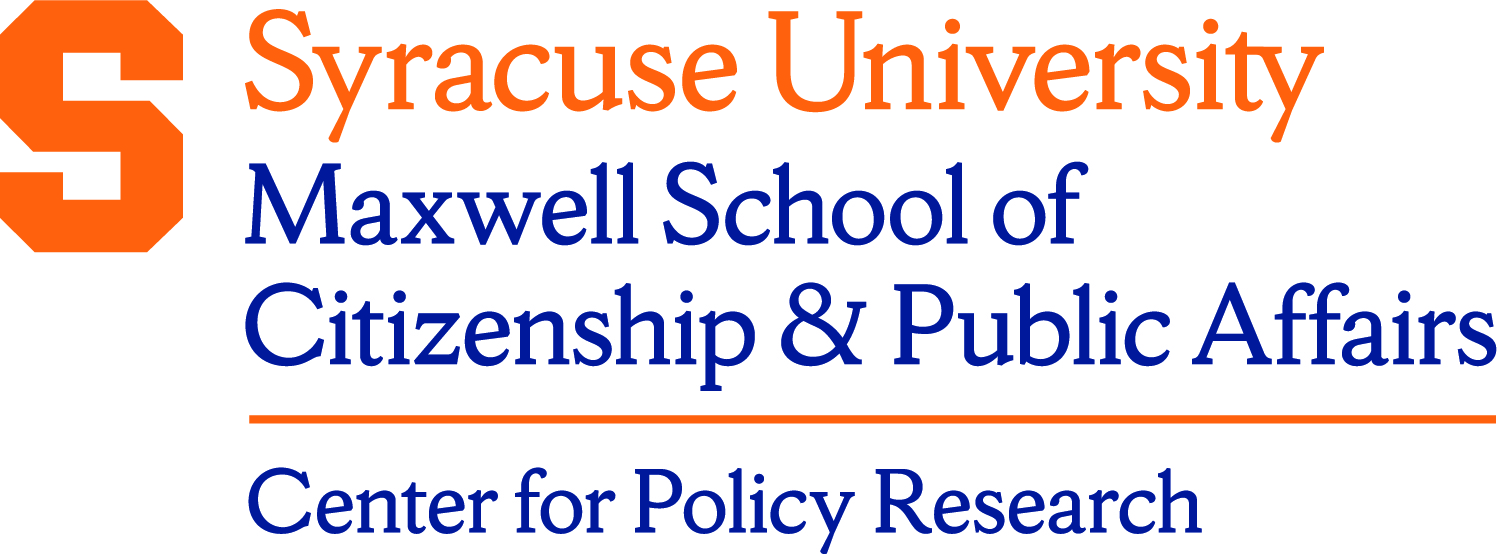Description/Abstract
This paper studies the impact of urban density, city government efficiency, and medical resources on COVID-19 infection and death outcomes in China. We adopt a simultaneous spatial dynamic panel data model to account for (i) the simultaneity of infection and death outcomes, (ii) the spatial pattern of the transmission, (iii) the inter-temporal dynamics of the disease, and (iv) the unobserved city- and time-specific effects. We find that, while population density increases the level of infections, government efficiency significantly mitigates the negative impact of urban density. We also find that the availability of medical resources improves public health outcomes conditional on lagged infections. Moreover, there exists significant heterogeneity at different phases of the epidemiological cycle.
Document Type
Working Paper
Date
10-2022
Keywords
COVID-19, Urban Density, Government Efficiency, Cities
Language
English
Series
Working Papers Series
Disciplines
Economic Policy | Economics | Public Affairs, Public Policy and Public Administration | Public Policy
Recommended Citation
Baltagi, Badi H.; Deng, Ying; Li, Jing; and Yang, Zhenlin, "Cities in a Pandemic: Evidence from China" (2022). Center for Policy Research. 462.
https://surface.syr.edu/cpr/462
Creative Commons License

This work is licensed under a Creative Commons Attribution 4.0 International License.
Included in
Economic Policy Commons, Economics Commons, Public Policy Commons




Additional Information
Working Paper No. 251